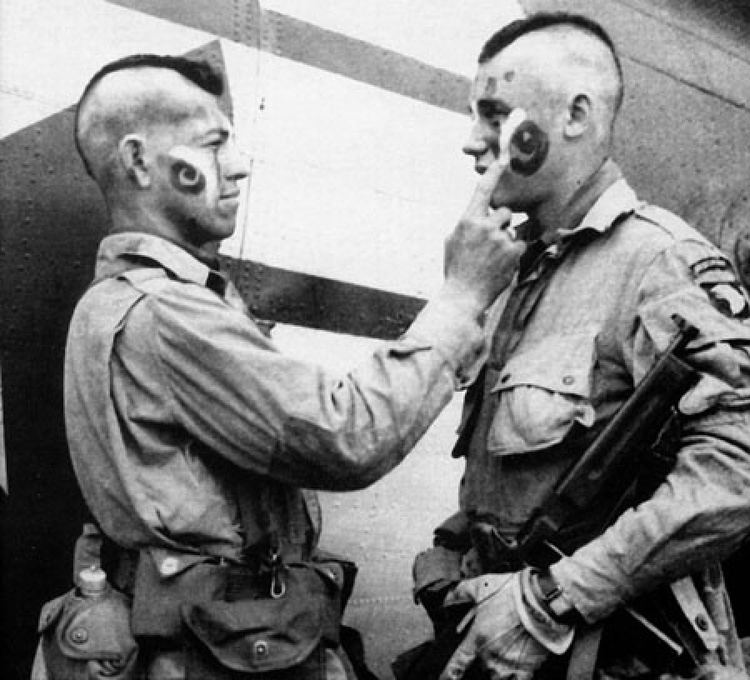 | ||
Similar First Allied Airborne Army, German Army, Long‑range reconnaissance patrol, IX Troop Carrier Command, Women's Army Corps | ||
Filthy thirteen
The Filthy Thirteen was the name given to the 1st Demolition Section of the Regimental Headquarters Company of the 506th Parachute Infantry Regiment, 101st Airborne Division, of the United States Army, which fought in the European campaign in World War II.
Contents
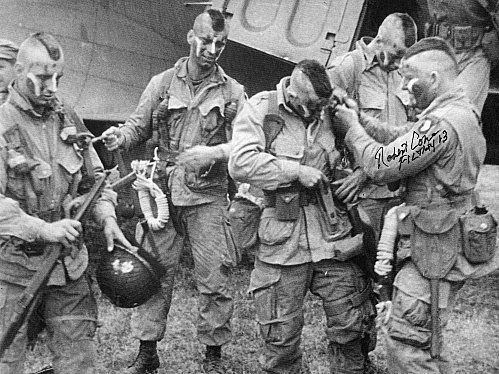
Filthy thirteen
History
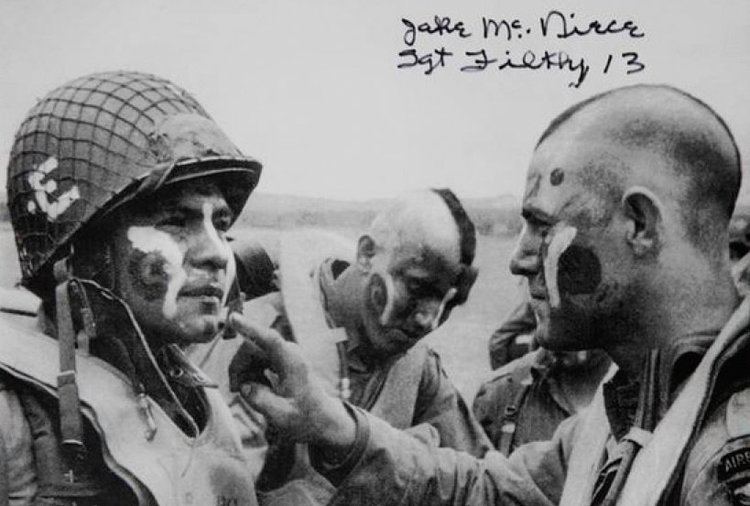
The Demolition Section was assigned and trained to demolish enemy targets behind the lines. They were ordered to secure or destroy the bridges over the Douve River during the Normandy Invasion of Europe in June 1944. Half were either killed, wounded or captured, but they accomplished their mission. They also participated in the capture of Carentan. The group was airdropped for the mission by aircraft of the 440th Troop Carrier Group of the United States Army Air Forces.
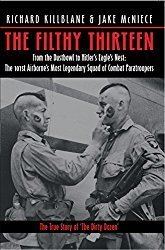
This unit was best known for the famous photo which appeared in Stars and Stripes, showing two members wearing Indian-style "mohawks" and applying war paint to one another. The inspiration for this came from unit sergeant Jake McNiece, who was part Choctaw.
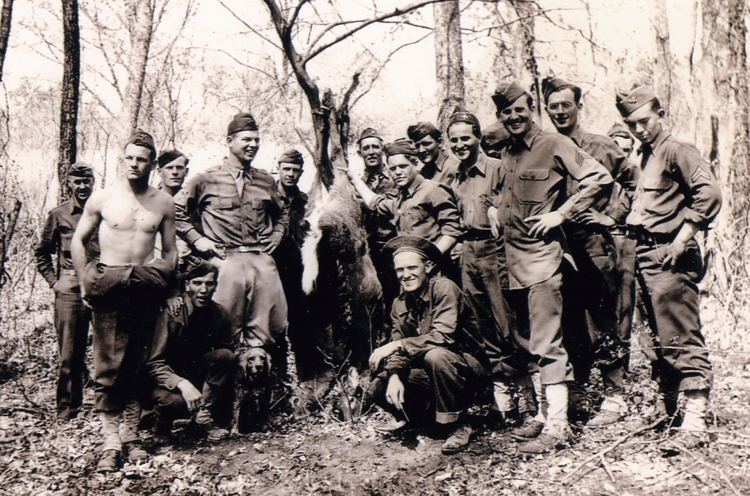
During Operation Market Garden, the Demolition Platoon was assigned to defend the three bridges over the Dommel River in Eindhoven, the Netherlands. German bombing of the city killed or wounded half the demolitions men in the platoon, and McNiece was promoted to platoon sergeant. Jack Womer took his place as section sergeant. For the rest of the campaign, the demolitions men secured the regimental command post or protected wire-laying details. On one occasion, the survivors of the Demolitions Platoon were assigned as a rifle squad to an understrength company.
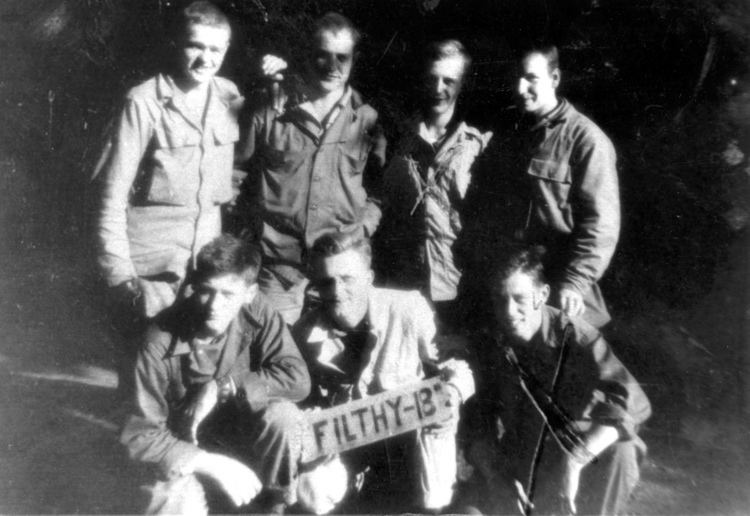
After coming back from AWOL to Paris after the Netherlands, McNiece joined the Pathfinders. These were paratroopers sent in ahead of the main force to guide them in or guide in resupply drops. Half the surviving members of the original Filthy Thirteen followed him into the Pathfinders thinking they would sit out the rest of the war training in England. Expecting casualties as high as 80–90%, the pathfinders were dropped into the encircled town of Bastogne at the height of the Battle of the Bulge, losing only one man. Their CRN-4 beacon enabled them to guide in subsequent airdrops of supplies crucial to the continued resistance of the trapped 101st Airborne Division.
McNiece considered that any activities not directly concerned with his mission were irrelevant, an attitude that got him in constant trouble with the military authorities. Nevertheless, McNiece finished the war as the acting first sergeant and with four combat jumps, a very rare feat for an American paratrooper. His jumps were made in Normandy, the Netherlands as part of Operation Market Garden, the pathfinder jump in to Bastogne, Belgium, during the Battle of the Bulge, then his last jump as an observer with the 17th Airborne Division during Operation Varsity.
Of the activities of the Filthy Thirteen, Jack Agnew once said, "We weren’t murderers or anything, we just didn’t do everything we were supposed to do in some ways and did a whole lot more than they wanted us to do in other ways. We were always in trouble."
The name "Filthy 13" referred to the fact that, while training in England, they washed and shaved once a week and never cleaned their uniforms because they used their water ration to cook illegally poached deer, rabbits and fish. The number 13 referred to the 13 enlisted men of a demolitions section, two six-man squads and the section sergeant.
Members
The list includes original members from 1943 and the newer members during Operation Overlord and Operation Market Garden. An interview with Jake McNiece and Jack Agnew can be found on the two disc version of the Dirty Dozen DVD. Jack Agnew died at the age of 88 on April 8, 2010. Jake McNiece died at the age of 93 on January 21, 2013. Jack Womer died at the age of 96 on December 28, 2013.
Literature and cultural influence
The 101st Airborne Division issued a press release on the unit, but war correspondents embellished the story. War Correspondent Tom Hoge started the ball rolling when he wrote the first article about these paratroopers and coined the name "The Filthy Thirteen" in an article for the Stars and Stripes, June 9, 1944, "Filthy Thirteen Squad Rivaled by None in Leaping Party." Arch Whitehouse wrote an article for True magazine that had some of the myths that would eventually find their way into E. M. Nathanson’s book The Dirty Dozen which was the basis of the 1967 film of the same name. He wrote, "They called themselves the 'filthy thirteen,' and took pride in the reputation they had of being the orneriest, meanest group of paratroopers who ever hit this base..." Whitehouse claimed the original 12 members were full blood Indians who had sworn not to bathe until they jumped into combat and it required their new lieutenant to beat each one in a fight in order to win their respect. This new addition changed their name from the Dirty Dozen to the Filthy Thirteen. E. M. Nathanson was informed by a friend who worked on documentaries for the war about a unit of condemned prisoners who were sent on a suicide mission—more likely one of the Filthy Thirteen myths.
Searching the archives of condemned prisoners, Nathanson found no evidence of such a unit (more likely since he was searching the wrong path,) but used the information gathered for his novel published in 1965, which was later turned into a blockbuster movie in 1967. Barbara Maloney, the daughter of John Agnew, told the American Valor Quarterly that her father felt that 30% of the movie's content was historically correct, including a scene where officers are captured. Unlike the Dirty Dozen, the Filthy Thirteen were not convicts; however, they were men prone to drinking and fighting and often spent time in the stockade.
Richard E. Killblane wrote Jake McNiece’s version of the unit in The Filthy Thirteen (2003), and Stephen DeVito wrote Jack Womer’s version in Fighting With The Filthy Thirteen; The World War II Story of Jack Womer – Ranger and Paratrooper (2012). Killblane followed up both books with a more accurate history of the unit that included nearly all surviving member's accounts in War Paint; The Filthy Thirteen Jump Into Normandy (2013). Jerome Preisler wrote an excellent account of the Bastogne jump in his history of the World War II pathfinders, First to Jump; How the Band of Brothers was Aided by the Brave Paratroopers of the Pathfinder Company, in 2014. The Filthy Thirteen has been translated into French, Swedish and Spanish. Maurin Picard included a chapter about Jake McNiece and the Filthy Thirteen in his book, Des Heroes Ordinaires; Au coeur de la Seconde Guerre mondiale (The Ordinary Heroes of the Second World War) published in 2016.
Grant Berry and Bob Willis commissioned artist, Joel Iskowitz, to paint the scene of the Filthy Thirteen getting ready for the jump into Normandy. The Stephens County Currahee Military Museum in Toccoa, Georgia commissioned a bronze bust of Jake McNiece.
